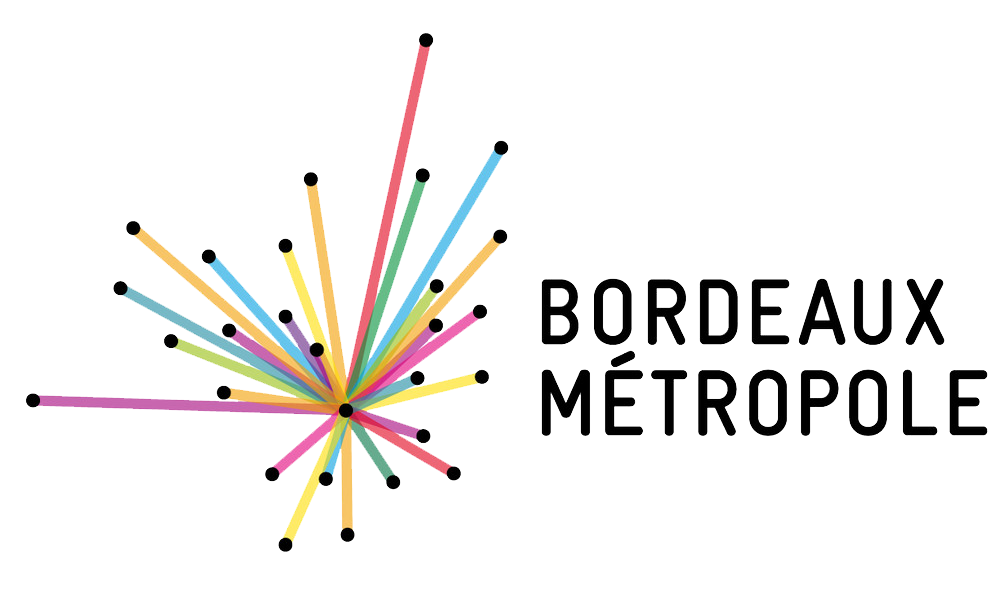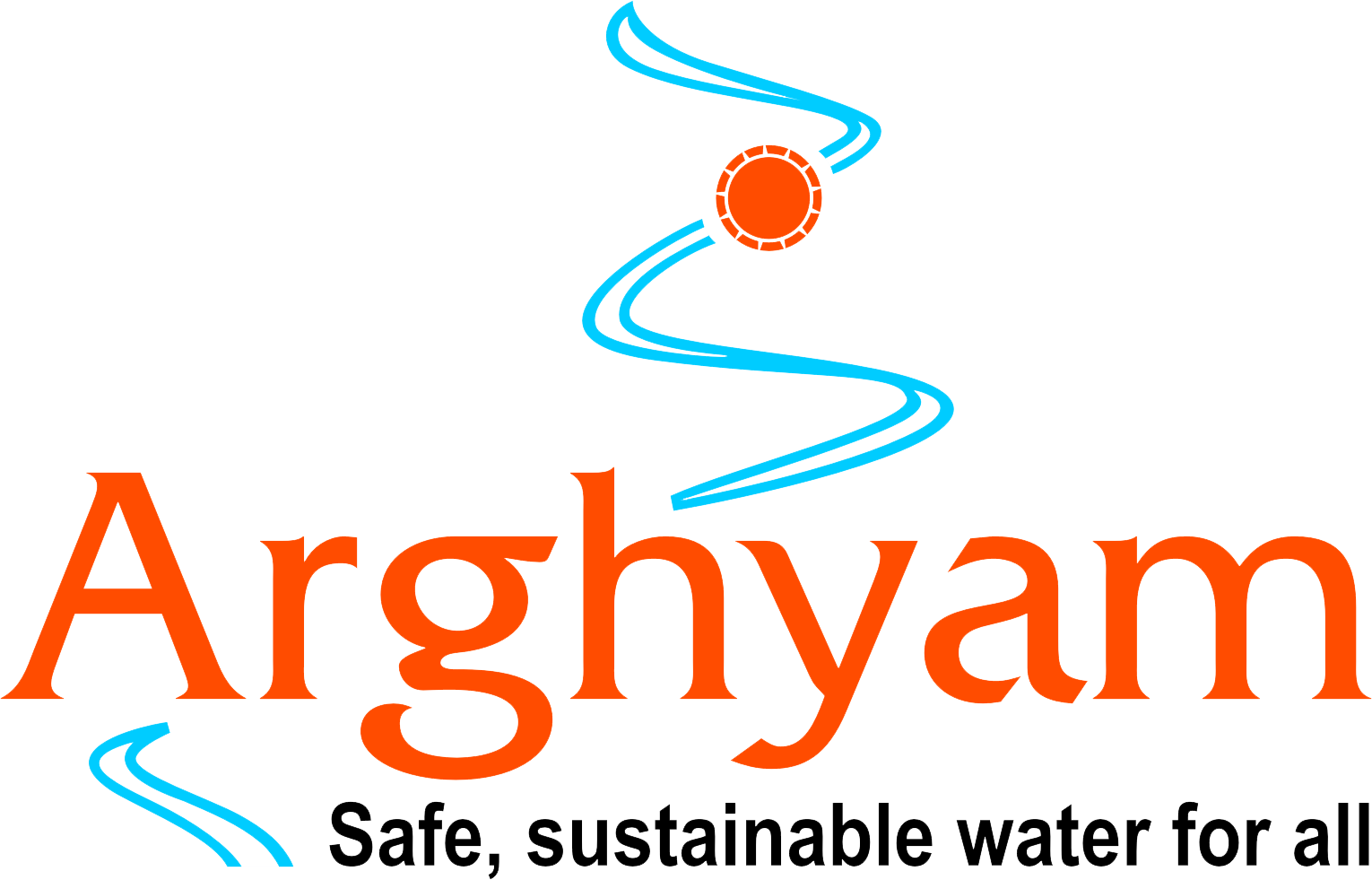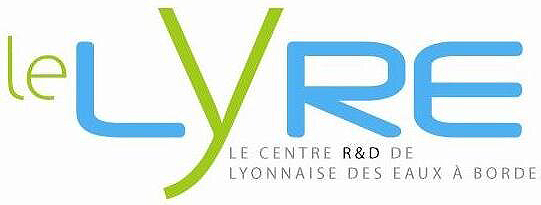Hyderabad is the capital of the newly formed state Telengana and de jure capital of Andhra Pradesh. It is one of fastest growing cities in India. Hyderabad and its suburbs house the highest number of special economic zones of India. These suburbs areas are growing fast at the peripheries of the city and posing immense pressure on the public infrastructure. Hyderabad Metropolitan Water Supply and Sewerage Board (HMWSSB) sell water in bulk quantity to these areas through their respective municipalities or gram panchayets. The villages just outside Greater Hyderabad Municipal Corporation (GHMC) area also receive water through various schemes of Rural Water Supply and and Sanitation (RWSS) Department. However, the quantity and quality of the water is often inadequate and differently accessed based on land tenure, settlement type, socio-economic conditions, and provider. The Hyderabad Metropolitan Water Supply and Sewerage Board obtains 735 million litres per day (mld) of fresh surface water from the Musi river, as well as from the neighbouring Manjira river basin. A study by Hyderabad’s City Development Plan states that the peri-urban areas which make up the greater Hyderabad metropolis, the network of water supply covers only 65 per cent of the area and about 40 percent of the population
In these areas, poorer groups rely exclusively on municipal sources of groundwater provided through borewells and mini water tanks, and wealthier groups rely on private tankers or personal borewells. Since groundwater is practically free and unregulated, those with land and the proper documents can indiscriminately sink borewells, obtain electricity connections and pump water either for their own consumption or for sale. Thus it is important to understand the present status of groundwater the organization.
In this context, SaciWATERs has undertaken a two and half year project: a hydrological research to understand present status of groundwater around the city and how the present water usage will impact future water availability. It is also necessary to understand the demand and both formal and informal supply sources of water in the project area, the contribution of informal markets to the overall water security and their organizational set-up. In addition to institutional setup of informal markets, it is important to study the organization of various line departments responsible for water supply and how it interacts with the informal market. This will help to avoid institutional collective dilemma and bring in institutional convergence. Finally, a comparative cost-benefit analysis of the remotely accessed (from Krishna and Godavari) bulk water supply V/s a locally based water security system based on rain water harvesting, water conservation practices, etc will be done.









